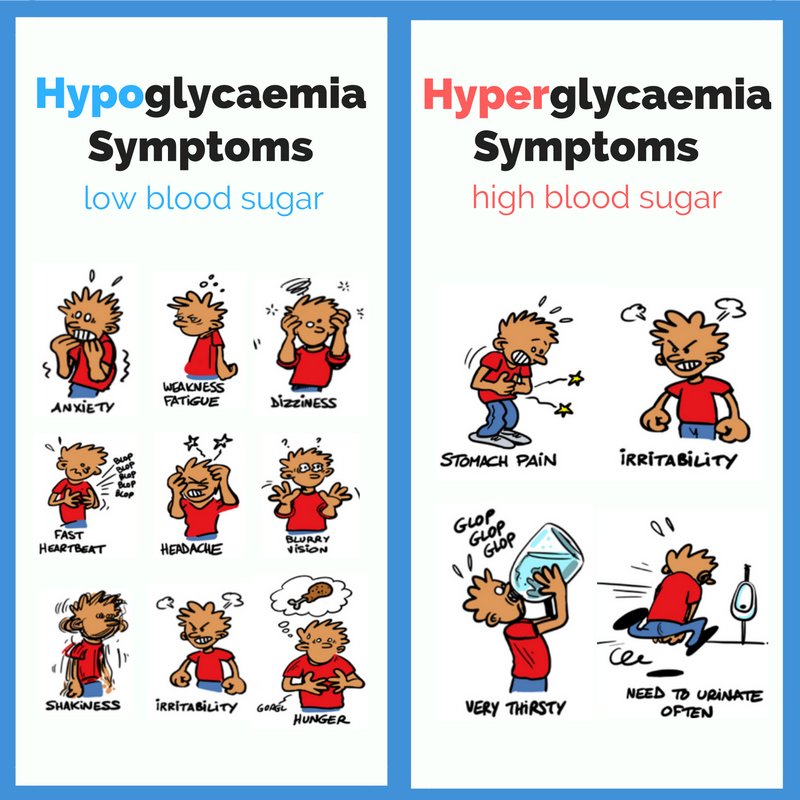Image source: http://slideplayer.com/5703880/18/images/14/PULMONARY+EMBOLISM+PE+is+the+most+common+preventable+cause+of+death+in+hospitalized+patients.+%7E600%2C000+deaths%2Fyear..jpg
Pulmonary embolism (PE) is an extremely common and highly lethal condition that is a leading cause of death in all age groups. A good clinician actively seeks the diagnosis as soon as any suspicion of PE whatsoever is warranted, because prompt diagnosis and treatment can dramatically reduce the mortality rate and morbidity of the disease. Unfortunately, the diagnosis is missed more often than it is made, because PE often causes only vague and nonspecific symptoms.
The lungs are a pair of organs in the chest that are primarily responsible for the exchange of oxygen and carbon dioxide between the air we breathe and blood. The lung is composed of clusters of small air sacs (alveoli) divided by thin, elastic walls (membranes). Capillaries, the tiniest of blood vessels, run within these membranes between the alveoli and allow blood and air to come near each other.
Symptoms
Symptoms of PE are sudden-onset dyspnea (shortness of breath), tachypnea (rapid breathing), chest pain of "pleuritic" nature (worsened by breathing), cough, hemoptysis (coughing up blood), and may aid in the diagnosis. More severe cases can include signs such as pleural rub, cyanosis (blue discoloration, usually of the lips and fingers), collapse, and circulatory instability. About 15% of all cases of sudden death are attributable to PE.
Pulmonary embolism symptoms can vary greatly, depending on how much of your lung is involved, the size of the clot and your overall health - especially the presence or absence of underlying lung disease or heart disease.
Chest pain that often mimics a heart attack. The pain can occur anywhere in your chest and may radiate to your shoulder, arm, neck or jaw. It may be sharp and stabbing or aching and dull and may become worse when you breathe deeply (pleurisy), cough, eat, bend or stoop. The pain will get worse with exertion but won't go away when you rest.
In some cases, the only signs and symptoms are related to deep vein thrombosis (DVT). These include swelling of the leg or along the vein in the leg, pain or tenderness in the leg, a feeling of increased warmth in the area of the leg that's swollen or tender, and red or discolored skin on the affected leg.
Causes
Physiological risk factors include venous stasis (poor blood flow in the veins), venous injury (injury to the veins), and having a condition or illness that predisposes to clotting (cancer, certain blood protein deficiencies, infection). Older persons seem to have a higher risk for pulmonary embolism, as do obese persons and women taking oral contraceptives. Some people have inherited abnormalities in blood clotting that make them more likely to have pulmonary embolism.
Microscopic thrombi, or clots, are continually being made in the bloodstream. Normally, these are broken down quickly, but under certain conditions they grow to form a larger clot that blocks a vein. This is called deep vein thrombosis (DVT).
Clots that form in the veins throughout your body can dislodge, travel through the bloodstream to the right side of the heart, and then enter the pulmonary arteries, where they may cause a blockage. A blockage can occur in any small artery, but the lungs are especially vulnerable because all of the blood in the body passes through the lungs every time it circulates. Most often, a number of clots will shower your lungs during an episode of pulmonary embolism; it's unusual for just one clot to take place.
